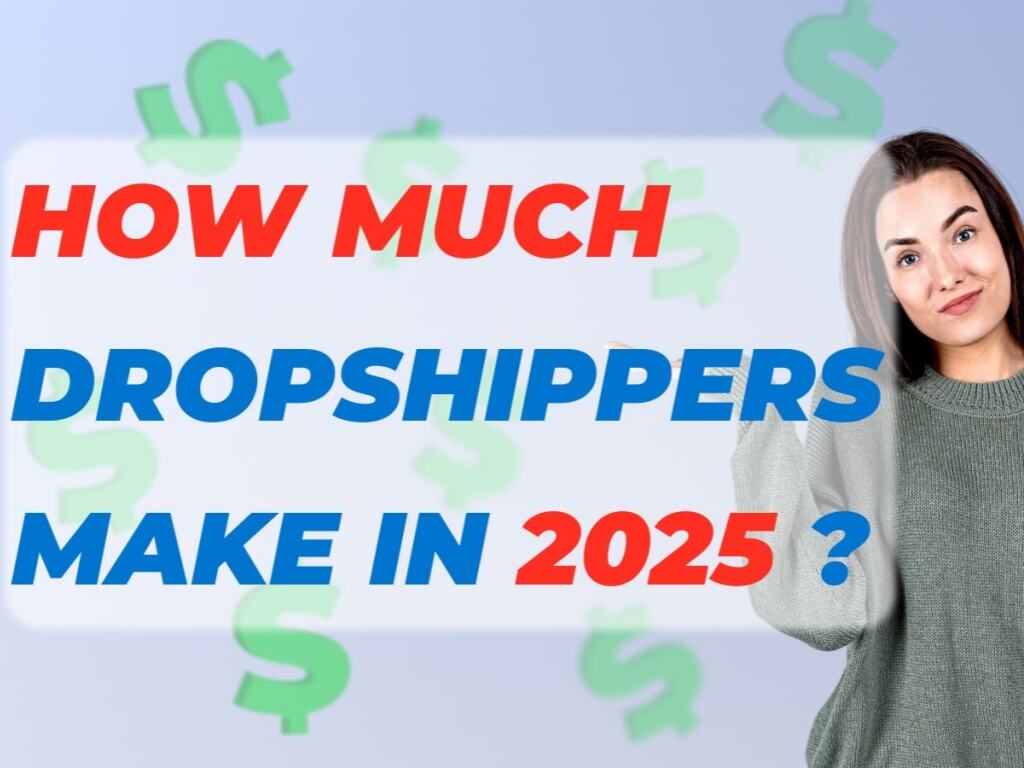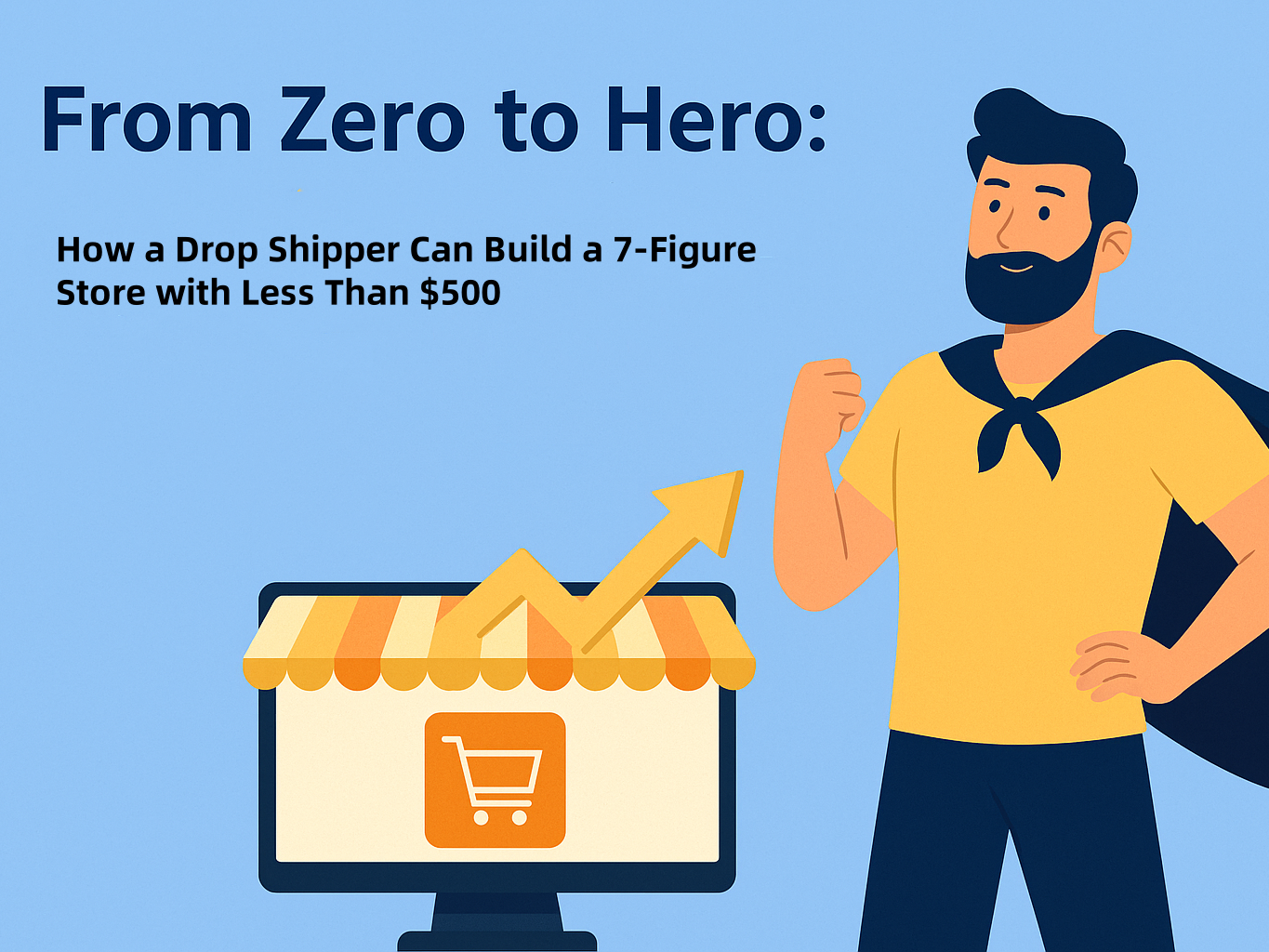From Zero to Hero: How a Drop Shipper Can Build a 7-Figure Store with Less Than $500
Building a 7-figure dropshipping store sounds like a dream reserved for those with big budgets. But here’s the truth: you don’t need thousands of dollars to start. With less than $500, a clear strategy, and consistent effort, a drop shipper can turn a tiny investment into a million-dollar business. This guide breaks down the step-by-step process, from choosing your first product to scaling sales—all while keeping costs low.
Start with a Laser-Focused Niche (Cost: $0)
The biggest mistake new drop shippers make is trying to sell “everything.” A 7-figure store thrives on a tight niche—one specific group of customers with unmet needs. This reduces competition and makes marketing easier, even with a small budget.
How to find your niche:
- Think about passions or problems. Do you love fitness? Focus on “home gym equipment for small apartments.” Hate waste? Try “zero-waste kitchen tools.”
- Check social media. Look for groups (Facebook, Reddit) where people complain about products. If parents in a “toddler sleep” group rant about “noisy baby monitors,” that’s your niche.
- Validate demand with free tools. Use Google Trends to see if searches for your niche are steady or rising. A niche like “portable pet carriers for air travel” with growing interest is better than a fading trend.
A focused niche lets you speak directly to customers, making your marketing dollars go further. And it costs nothing to research—just time.
Find a High-Margin, Low-Competition Product (Cost: $0)
Your first product will make or break your budget. A drop shipper needs items that:
- Cost $10–$40 to source (so you can sell for $30–$100, leaving room for ads and profit).
- Solve a clear problem (e.g., “anti-snoring devices” vs. “random gadgets”).
- Are lightweight (cheaper to ship, reducing costs).
- Have little competition (avoid “phone cases” or “yoga mats”—too saturated).
How to find these products for free:
- Use AliExpress to filter by “orders” (500–5,000 orders = proven demand but not oversold).
- Check Amazon’s “Best Sellers” in your niche, then search for similar items on AliExpress. If Amazon sellers charge $80 for a “silicone food storage set” and you can source it for $20, that’s a winner.
- Test with a “pre-launch” poll. Post on Facebook groups: “Would you buy a [product] that [solves X problem] for $50?” If 30%+ say yes, it’s worth testing.
Avoid “trendy” products that fade fast (e.g., fidget toys). Focus on “evergreen” items people need year-round.
Build a Simple, Trustworthy Store (Cost: $29–$79)
You don’t need a fancy website to start. A clean, fast-loading store built on a budget works better than an overdesigned one that drains cash.
- Choose a platform: Shopify’s basic plan is $29/month—worth it for easy setup and built-in tools. Skip Wix or WooCommerce if you’re new; Shopify’s simplicity saves time.
- Use a free theme: Shopify offers free themes like “Dawn” or “Brooklyn.” They’re fast and look professional—no need to pay for premium designs.
- DIY your brand: Use Canva (free) to make a simple logo. Write product descriptions yourself: focus on benefits, not features. Instead of “this blender has 3 speeds,” say “blend smoothies in 30 seconds—no lumps, even for frozen fruit.”
- Add trust signals: Include a “About Us” page (tell your story), “Shipping & Returns” (be clear), and customer reviews (start with 5-star reviews from friends/family to build credibility).
Total cost for your store: $29 (Shopify) + $0 (theme/logo) = $29. If you splurge on a $50 logo from Fiverr, total is $79—still under budget.
Launch with Low-Cost Marketing (Cost: $100–$200)
With your store live, it’s time to get customers—without blowing your budget. A smart drop shipper uses “organic” (free) marketing first, then tests small paid ads.
Organic Marketing (Cost: $0)
- Social media: Post 3–5 times/week on TikTok and Instagram. Show your product in action. For a “silicone food bag,” post a video: “See how this replaces 500 plastic bags—microwave-safe too!” Use niche hashtags (#ZeroWasteKitchen, #EcoFriendlyLiving) to reach your audience.
- Pinterest: Pin product images with keywords like “best reusable food bags” to drive traffic. Pinterest users plan purchases, so they’re more likely to buy.
- Reddit: Join niche communities and answer questions. If someone asks, “What’s the best way to store leftovers without plastic?” mention your product (subtly—no spam).
Paid Ads (Cost: $100–$200)
Test small to avoid wasting money. Start with:
- TikTok Ads: $5/day for 10 days ($50 total). Target your niche (e.g., “parents aged 25–35 interested in zero waste”). Use a 15-second video of your product solving a problem.
- Facebook/Instagram Ads: $5/day for 10 days ($50 total). Run a “Traffic” campaign to your product page. Test 2–3 ad copies to see which works best.
Track what works. If a TikTok ad gets 100 clicks and 5 sales, it’s a winner—double the budget. If an ad gets 0 sales, pause it.
Total marketing cost: $0 (organic) + $100 (ads) = $100.
Optimize for Sales and Repeat Customers (Cost: $50–$100)
Once you get your first sales, focus on keeping customers and increasing orders. A drop shipper’s profit grows when customers buy more and come back.
- Offer upsells: When someone buys a “silicone food bag,” show them a “silicone lid set” at checkout. This increases average order value (AOV) by 15–20%.
-
Send follow-up emails: Use Mailchimp’s free plan (up to 2,000 subscribers) to send:
- A “thank you” email with a 10% off coupon for their next order.
- A reminder 30 days later: “Need more food bags? We restocked your favorite size!”
- Fix issues fast: If a customer complains about shipping, send a refund or free product. Happy customers leave reviews and refer friends—free marketing.
Tools like Shopify’s built-in upsell apps (free) and Mailchimp (free) keep costs low. Budget $50–$100 for occasional refunds or free products to keep customers happy.
Reinvest Profits to Scale (Cost: $0–$100)
Once you’re making consistent sales (e.g., $500/week), reinvest every dollar back into growth. This is how a small store becomes 7-figure.
- Scale winning ads: If a TikTok ad gives you a 3x return (you spend $100, make $300), increase the budget to $200/day. Keep testing new ads to avoid “ad fatigue.”
- Add 1–2 new products monthly: Stick to your niche. If you sell “zero-waste kitchen tools,” add “beeswax wraps” or “bamboo utensil sets.” Use profits to test these—no extra budget needed.
- Negotiate with suppliers: Once you’re ordering 50+ units/month, ask for a 5–10% discount. Lower costs mean higher profits.
- Improve shipping: Use profits to work with U.S.-based suppliers for faster delivery (2–3 days instead of 2 weeks). Customers pay more for speed—boost prices by $5–$10.
By reinvesting, you’ll hit $10k/month, then $50k, then $100k. It takes 6–12 months, but it’s possible with consistent reinvestment.

Example Growth Timeline (With $500 Budget)
- Month 1: Spend $29 (Shopify) + $50 (ads) = $79. Test 2 products; 1 works (silicone food bags). Make $300 in sales. Profit: $221.
- Month 2: Reinvest $200 into ads for the winning product. Make $1,500 in sales. Profit: $800.
- Month 3: Add 1 new product (beeswax wraps). Spend $100 on ads for both. Make $3,000 in sales. Profit: $1,800.
- Month 6: 5 products, $10k/month in sales. Profit: $5k/month.
- Month 12: 10 products, $83k/month ($1M/year). Profit: $40k/month.
FAQ
Can I really build a 7-figure store with $500?
Yes, but it takes time (6–18 months) and consistency. The $500 covers basics—profits fund growth. Many 7-figure drop shippers started with less.
Do I need experience?
No. Focus on learning as you go: watch free YouTube tutorials on Shopify, ad targeting, and product research. Mistakes are part of the process.
What if my first product fails?
It’s normal. Use the remaining budget to test a second product. The key is to keep testing until you find a winner—most drop shippers hit 1 successful product out of 3–5 tests.
Do I need to handle inventory or shipping?
No—that’s the beauty of dropshipping. Suppliers ship directly to customers, so you never touch inventory. This keeps costs low.
How do I compete with big brands?
Big brands ignore small niches. A 7-figure store thrives by serving a specific group (e.g., “vegan athletes”) better than big brands can.
Table of Contents
- Start with a Laser-Focused Niche (Cost: $0)
- Find a High-Margin, Low-Competition Product (Cost: $0)
- Build a Simple, Trustworthy Store (Cost: $29–$79)
- Launch with Low-Cost Marketing (Cost: $100–$200)
- Optimize for Sales and Repeat Customers (Cost: $50–$100)
- Reinvest Profits to Scale (Cost: $0–$100)
- Example Growth Timeline (With $500 Budget)
- FAQ


